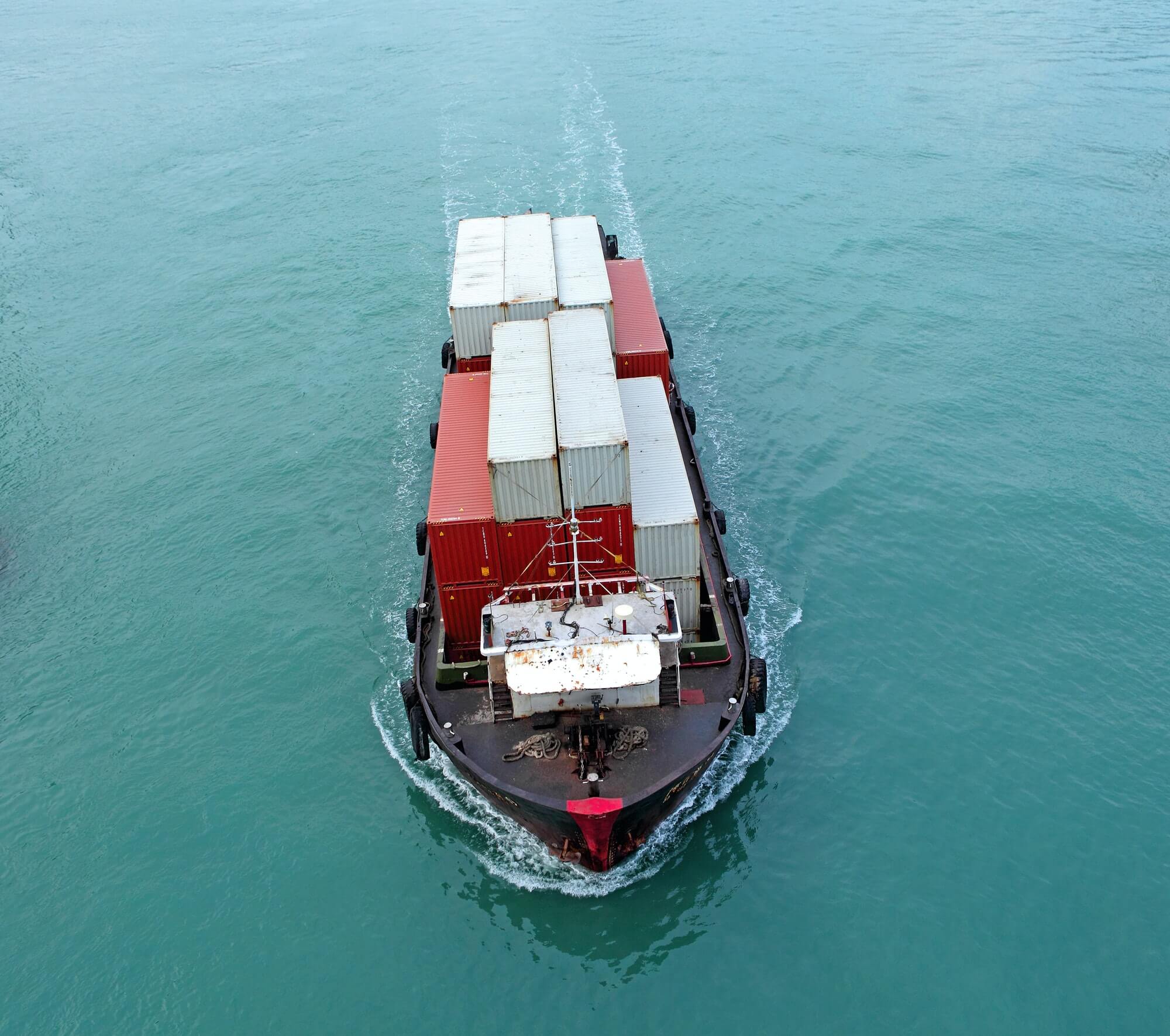Maritime transport, also known as shipping or sea transport, has been an integral part of global trade and commerce for centuries. It involves the movement of goods, people, and resources across oceans and seas using ships and vessels of various types and sizes.

The history of maritime transport dates back to ancient times when early civilizations like the Phoenicians, Greeks, and Romans used simple vessels to navigate water bodies for trade and exploration. The introduction of more advanced shipbuilding techniques during the Age of Exploration in the 15th century paved the way for the establishment of extensive maritime trade routes, connecting different parts of the world. The advent of steam engines in the 19th century revolutionized maritime transport, making it faster and more reliable.
Maritime transport plays a pivotal role in the global economy, facilitating the movement of approximately 80% of world trade by volume. It serves as a lifeline for many industries, including manufacturing, agriculture, energy, and consumer goods. The efficiency and cost-effectiveness of sea transport make it an indispensable component of the supply chain, enabling the transportation of raw materials, finished products, and essential resources across vast distances.
Various types of vessels are used in maritime transport to cater to different cargo and passenger needs. Some of the most common vessel types include:
Container Ships: Designed to carry standard-sized containers, these ships are the backbone of global trade, efficiently transporting a wide range of goods in intermodal containers.
Bulk Carriers: These vessels transport unpackaged bulk cargo such as minerals, coal, and grains. They come in different sizes, including capesize, panamax, and handysize.
Tankers: Tankers are used to transport liquids, primarily crude oil and refined petroleum products. They come in various sizes, with VLCCs (Very Large Crude Carriers) being among the largest.
Ro-Ro (Roll-on/Roll-off) Vessels: Ro-Ro vessels are designed to carry wheeled cargo, such as automobiles, trucks, and trailers, that can be driven on and off the ship.
Passenger Cruise Ships: These luxurious vessels cater to tourists and travelers, offering various amenities and entertainment options during their voyages.
Several major shipping companies dominate the global maritime industry, including Maersk Line, MSC Mediterranean Shipping Company, CMA CGM Group, and COSCO Shipping. These companies operate extensive fleets that connect major ports around the world. Key shipping routes, known as trade lanes, include the Trans-Pacific, Trans-Atlantic, and Asia-Europe routes, which see a substantial flow of goods and resources.
While maritime transport is a critical enabler of global trade, it also poses environmental challenges. The shipping industry is a significant contributor to air pollution and greenhouse gas emissions. Efforts are underway to address these concerns through various measures, including the use of cleaner fuels, improved engine technologies, and the development of more energy-efficient vessel designs. Additionally, the implementation of stricter regulations, such as the International Maritime Organization’s (IMO) sulfur emissions cap, aims to reduce the environmental impact of maritime transport.
The maritime industry is undergoing a transformation driven by technological advancements and changing global dynamics. Some future trends include:
Automation and Digitalization: The integration of automation, artificial intelligence, and data analytics is improving the efficiency of operations, from navigation to cargo handling.
Alternative Fuels: Research and development into cleaner fuel options, such as LNG (liquefied natural gas) and hydrogen, are gaining traction to reduce emissions.
E-Commerce and Containerization: The growth of e-commerce is influencing containerized shipping patterns, leading to increased demand for smaller, more flexible vessels.
Arctic Shipping: Melting ice in the Arctic is opening up new shipping routes, although this also presents environmental and logistical challenges.
Maritime transport is an essential component of the global economy, connecting nations, industries, and people through the vast network of trade routes across the oceans. Its historical significance, diverse vessel types, key players, and evolving trends all contribute to shaping the future of this vital industry. As technological advancements and sustainability efforts continue to reshape maritime transport, it remains a dynamic and indispensable force driving the global economy forward.
